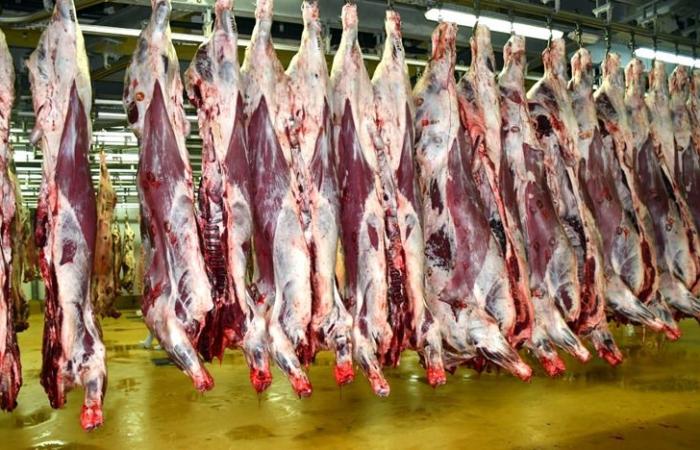Despite the measures taken by the authorities to stem the surge in red meat prices, the expected impact is slow to materialize. The importation of fresh and frozen meat, supposed to ease the pressure on households, does not seem to meet consumer expectations, particularly in large cities like Casablanca.
While beef prices fluctuate between 90 and 92 dirhams per kilo on wholesale markets, and lamb reaches between 100 and 120 dirhams, the situation fuels growing frustration among the population. The effectiveness of this import policy is questioned, both by professionals in the sector and by consumers, faced with a double problem: high prices and persistent doubts about the quality and conformity of imported meat.
At the heart of this crisis, distrust of imported meat dominates the debates. Many citizens express their doubts about respecting Islamic slaughter standards for meat from abroad. Despite assurances from the authorities, supported by certificates of compliance with the principles of halal, this negative perception persists.
This distrust results in a marked preference for local meat, considered safer and of better quality. For many Moroccan consumers, the freshness and transparency of the local slaughtering process are essential guarantees. As a result, imported meat is struggling to find buyers, even in a context of economic crisis where its cost should theoretically appeal to households looking for more affordable alternatives.
This rejection has direct repercussions on small butchers, who are reluctant to source imported meat for fear of financial losses. “Consumers do not accept this meat, and this puts traders in a delicate position,” says the national union of traders and slaughterhouse professionals.
Read also: Red meats: Price control requires preserving livestock and guaranteeing supply
Butchers on the front line
According to industry professionals, the lack of trust in the supply chain and in the institutions responsible for guaranteeing product quality and conformity constitutes a major obstacle. This situation reveals a systemic crisis going beyond the sole question of prices: it touches the heart of the mechanisms of regulation, communication and health control.
To address these concerns, some professionals are calling for an in-depth review of the current strategy. Among the solutions being considered is the importation of live livestock from Latin America. This model would allow Moroccan authorities to locally supervise the slaughter process, thus guaranteeing compliance with Islamic standards and reassuring consumers.
Furthermore, this approach could have a positive effect on costs by limiting transport costs and supporting the activity of local slaughterhouses. Such a strategy would also offer a structural response to the challenge of food security, by strengthening the resilience of the market in the face of international fluctuations.
The current crisis is not limited to a question of distrust. It takes place in an economic context marked by inflation, increased production costs, and pressure on household purchasing power. The high price of red meat, a staple in Moroccan culinary culture, is exacerbating social tensions, particularly among the middle and working classes already suffering from rising food prices.
Furthermore, the absence of structural reforms and effective mechanisms to regulate the market worsens the situation. Experts warn that without coherent intervention, this crisis could persist, further compromising consumer trust in institutions.






